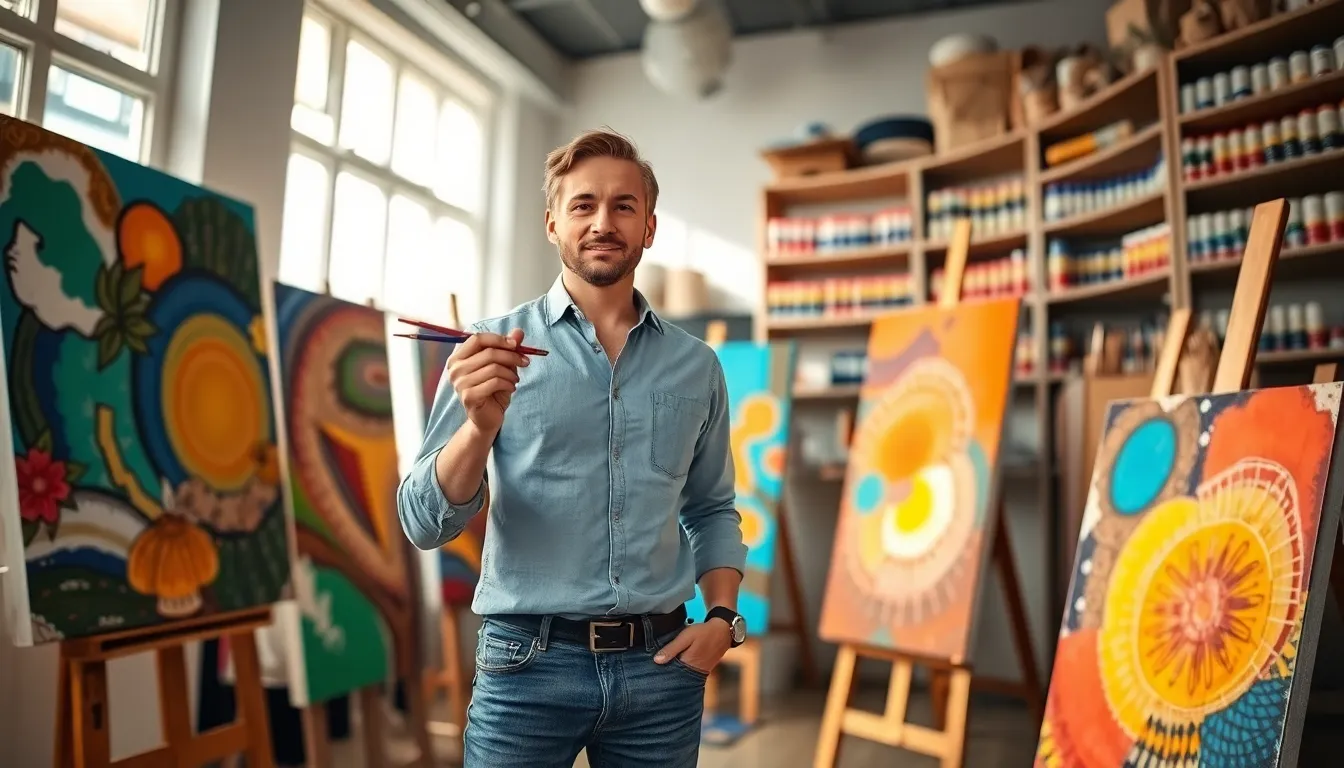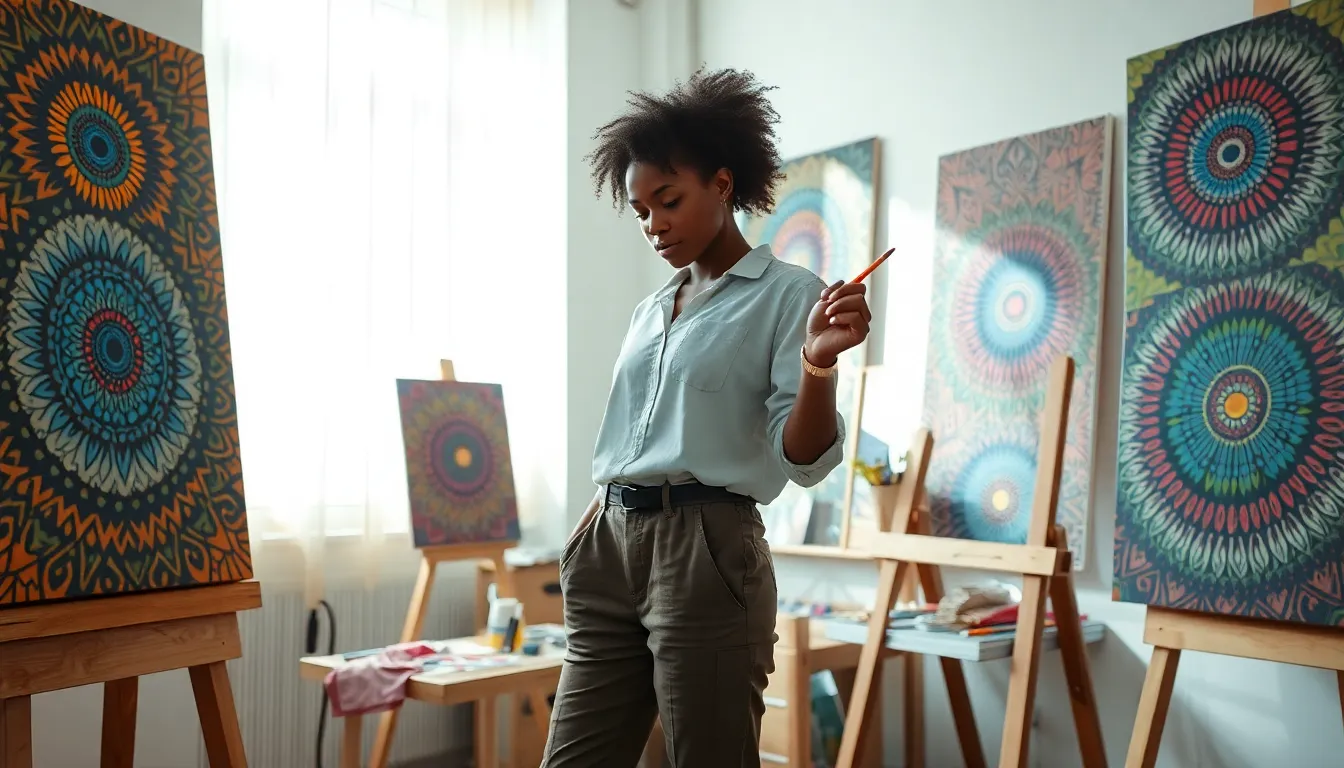Physical Address
304 North Cardinal St.
Dorchester Center, MA 02124

If you’re still scratching your head wondering what haiikurti is, you’re not alone. It’s one of those quirky things that, once you learn about it, you realize you can’t live without (okay, maybe not that dramatic, but you get the idea). Think of it as the hidden gem of artistic expression that has been lying in wait for the right audience to discover it. Buckle up, because this isn’t just another dry overview: this is a ride through the vibrant world of haiikurti, where history meets creativity and innovation. Ready to immerse? Let’s get to it.

Haiikurti refers to a unique form of art characterized by its distinctive visualization techniques and emotive expression. You might say it’s a blend of traditional and contemporary elements, merging old with new in a way that feels completely fresh. Although not widely recognized in mainstream culture, it possesses a certain charm that compels viewers to stop and take notice. The word itself often evokes mystery, drawing one into its world of creativity and innovation.
Initially rooted in specific cultural practices, it represents a meaningful response to the visual landscape around it. When you observe the intricate details in haiikurti, you can’t help but appreciate the craftsmanship involved. It’s art that speaks loudly, often using vibrant colors and layered meanings, making it accessible yet profound.
The roots of haiikurti trace back to ancient times, where it served various purposes ranging from spiritual to decorative. Initially, it functioned as a storytelling medium, capturing moments in history and reflecting societal values. These pieces often occupied places of honor in homes and community spaces, emphasizing their importance.
As time progressed, the practice evolved, influenced by the rise of shared artistic endeavors. In many ways, haiikurti acted like a historical document, telling stories of cultural shifts, ceremonies, and significant events. It’s a tangible record of humanity’s artistic and emotional journey over time.
Haiikurti isn’t just an isolated phenomenon: it’s interwoven with the threads of various cultures. From dramatic performances to installations in art galleries, its impact can be felt in diverse mediums. Artists draw inspiration from it, leading to hybrids and adaptations that further enrich the artistic landscape.
Also, haiikurti informs modern discussions about identity and purpose. In a time when cultural appropriation is a hot topic, understanding the roots of haiikurti can help richer conversations. It allows for an appreciation of authentic voices while challenging us to rethink how art can be a vehicle for social change.
The techniques employed in haiikurti are as varied as the cultures it originates from. Artists often use mixed media, ranging from paints to textiles and natural materials. This fusion creates layers that not only capture the eye but also invite deeper exploration.
One of the hallmark techniques involves storytelling through visual cues. For instance, colors can symbolize different emotions or stages of life. The arrangement of elements within a piece can also lead the viewer on a journey, encouraging them to reflect on their own experiences. It’s a conversation, an ongoing dialogue between the artist and viewer.
In today’s fast-paced digital age, haiikurti has adapted marvelously. Artists are using technology to enhance traditional methods, experimenting with augmented reality and interactive installations that make art more accessible than ever. This modern twist allows audiences to engage with haiikurti in ways that were previously unimaginable.
Exhibitions now feature virtual reality experiences, allowing one to walk through a haiikurti world. These adaptations not only captivate younger generations but also reaffirm the idea that art is ever-evolving. Whether seen in galleries or online platforms, the spirit of haiikurti continues to thrive, reminding us that creativity knows no bounds.
Creating your own haiikurti can be truly liberating. It starts with self-expression, choose a theme that resonates with you. Gather materials that spark joy, think paints, fabrics, or even digital tools.
Next, begin sketching out your ideas. Don’t worry about perfection: it’s all about the process. As you work, allow your emotions to guide your choices. Color plays a crucial role in haiikurti, so let it reflect your feelings. Incorporate symbols that mean something to you, weaving your personal narrative into the piece. Most importantly, have fun. There’s no right or wrong in art, it’s all about your unique perspective.